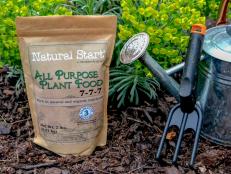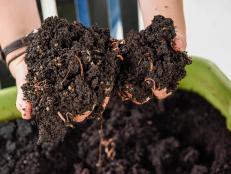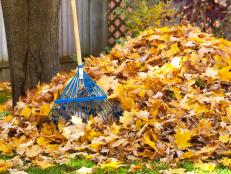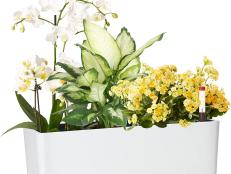A Guide to Rooting Cuttings
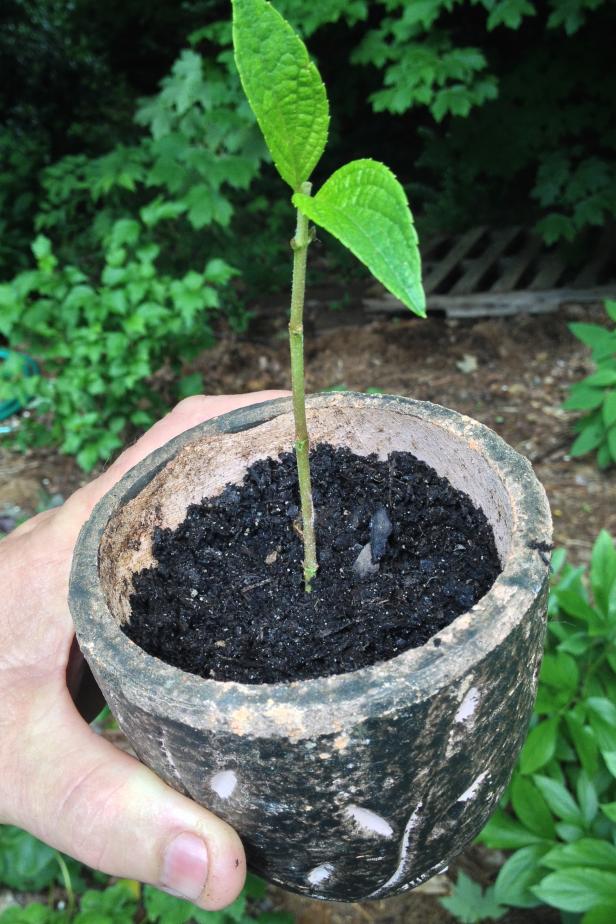
Photo by Lynn Coulter
Softwood Cuttings
Taking softwood cuttings is most effective in the spring, when succulent new growth is getting ready to take off. This method works well with woody plants such as azaleas and magnolias, perennials and even houseplants. Cuttings should be collected early in the morning and should be roughly six inches long.
Put a moist paper towel in a plastic bag and store the cuttings in the bag if you're not planting right away. Strip the leaves from the lower half of each stem, and place the cut end in rooting hormone. Shake off the excess powder, and place the lower third of the cutting into the potting mix, firming gently.
Water the plant well with a mister, and cover the container with a plastic bag. Within two to four weeks, the cuttings should be well-rooted and ready to pot. In the meantime, ventilate the plants to prevent them from rotting. Continue watering as needed to keep the potting mix moist, and remove the plastic bag once a day for about an hour.
Hardwood Cuttings
Taking hardwood cuttings from woody plants and vines is similar to taking softwood cuttings, although it's best done during the dormant season. Good candidates include boxwood, forsythia, cotoneaster, mock orange, grapes, currants, roses and azaleas. Again, take cuttings early in the morning, selecting stems that are still green and flexible. Using a sharp knife or pruners, remove any lateral or side branches from each stem and any flowers or buds, but leave the thorns. Cut the stem into 3- to 4-inch pieces, making sure each has at least two nodes, or growing points. Make each cut just below a node because that's where new roots will form. Strip the lower leaves from each cutting, leaving only the top leaves to continue photosynthesis, to encourage root formation.
Dip the cutting into rooting hormone, and insert each cutting up to half its length into a container filled with potting soil. Water well with a mister, cover the pot with a plastic bag secured by a rubber band, and place the whole thing in a warm location that's shaded but not dark, such as the top of the refrigerator. Remember to ventilate the plants daily and to keep the potting mix evenly moist.
Within eight weeks the cuttings will take root and begin to develop new leaves. At that point, you may cut slits in the bag to expose the cuttings to drier conditions. A few days later, pot each plant in its own container.
One drawback to this method is that roses, for example, won't be ready to go into the ground until they're a year old. In the meantime, you'll need to keep them in a well-insulated cold frame or grow them under lights.







